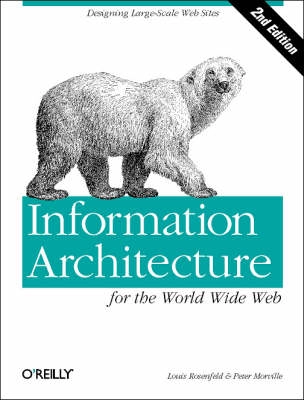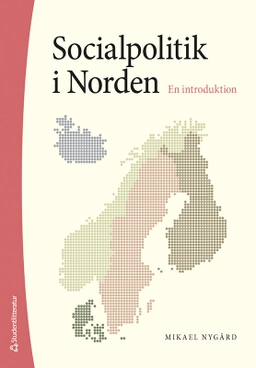Today's web sites have moved far beyond "brochureware." They are larger and more complex, have great strategic value to their sponsors, and their users are busier and less forgiving. Designers, information architects, and web site managers are required to juggle vast amounts of information, frequent changes, new technologies, and sometimes even multiple objectives, making some web sites look like a fast-growing but poorly planned city-roads everywhere, but impossible to navigate. Well-planned information architecture has never been as essential as it is now.
"Information Architecture for the World Wide Web," 2nd Edition, shows you how to blend aesthetics and mechanics for distinctive, cohesive web sites that work. Most books on web development concentrate on either the graphics or the technical issues of a site. This book focuses on the framework that holds the two together.
This edition contains more than 75% new material. You'll find updated chapters on organization, labeling, navigation, and searching; and a new chapter on thesauri, controlled vocabularies and metadata will help you understand the interconnectedness of these systems. The authors have expanded the methodology chapters to include a more interdisciplinary collection of tools and techniques. They've also complemented the top-down strategies of the first edition with bottom-up approaches that enable distributed, emergent solutions.
A whole new section addresses the opportunities and challenges of practicing information architecture, while another section discusses how that work impacts and is influenced by the broader organizational context. New case studies provide models for creating enterprise intranet portals and online communities. Finally, you'll find pointers to a wealth of essential information architecture resources, many of which did not exist a few years ago.
By applying the principles outlined in this completely updated classic, you'll build web sites and intranets that are easier to navigate and appealing to your users, as well as scalable and simple to maintain. "Information Architecture for the World Wide Web," 2nd Edition is a treasure trove of ideas and practical advice for anyone involved in building or maintaining a large, complex web site or intranet.
Åtkomstkoder och digitalt tilläggsmaterial garanteras inte med begagnade böcker





















